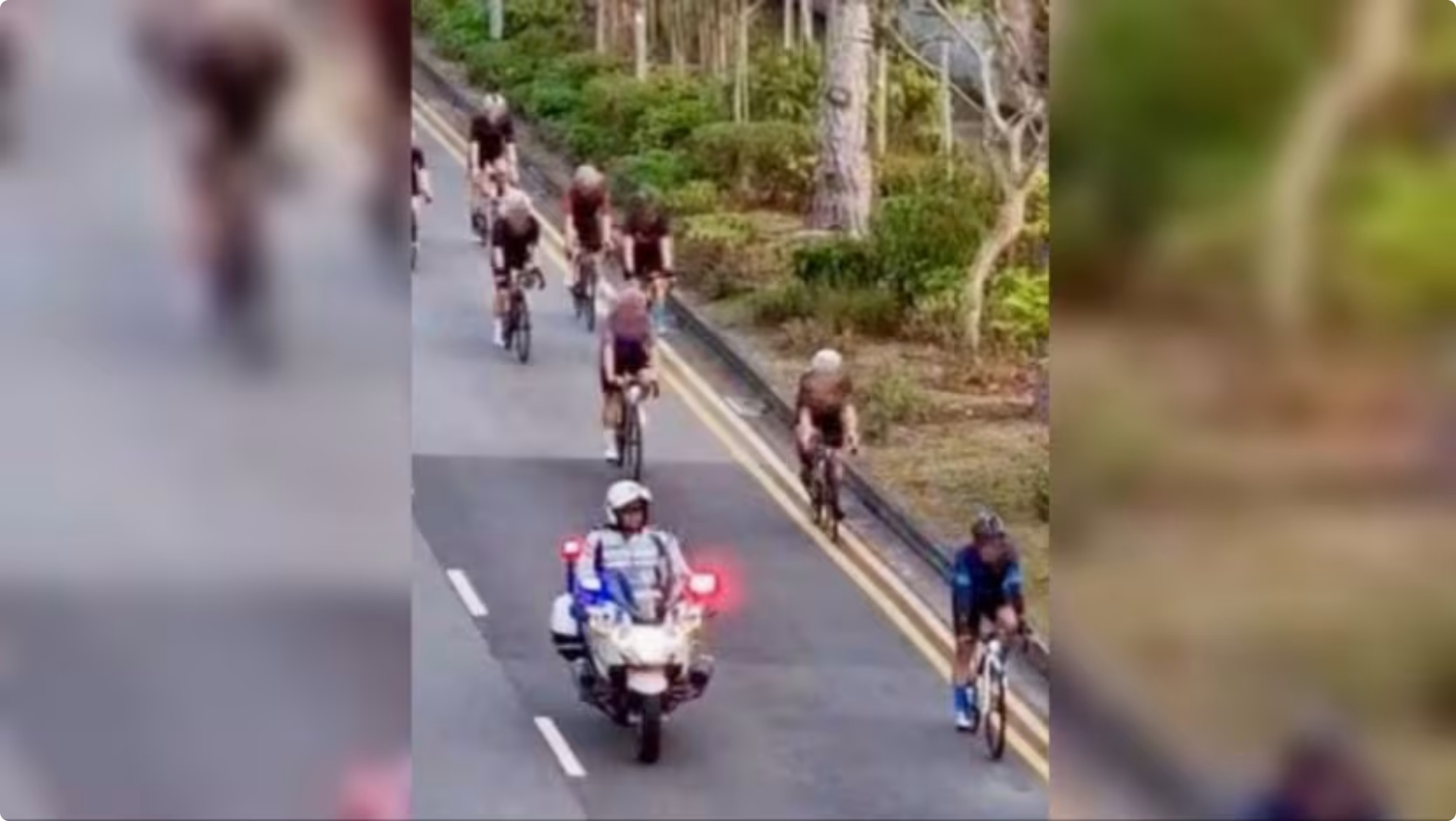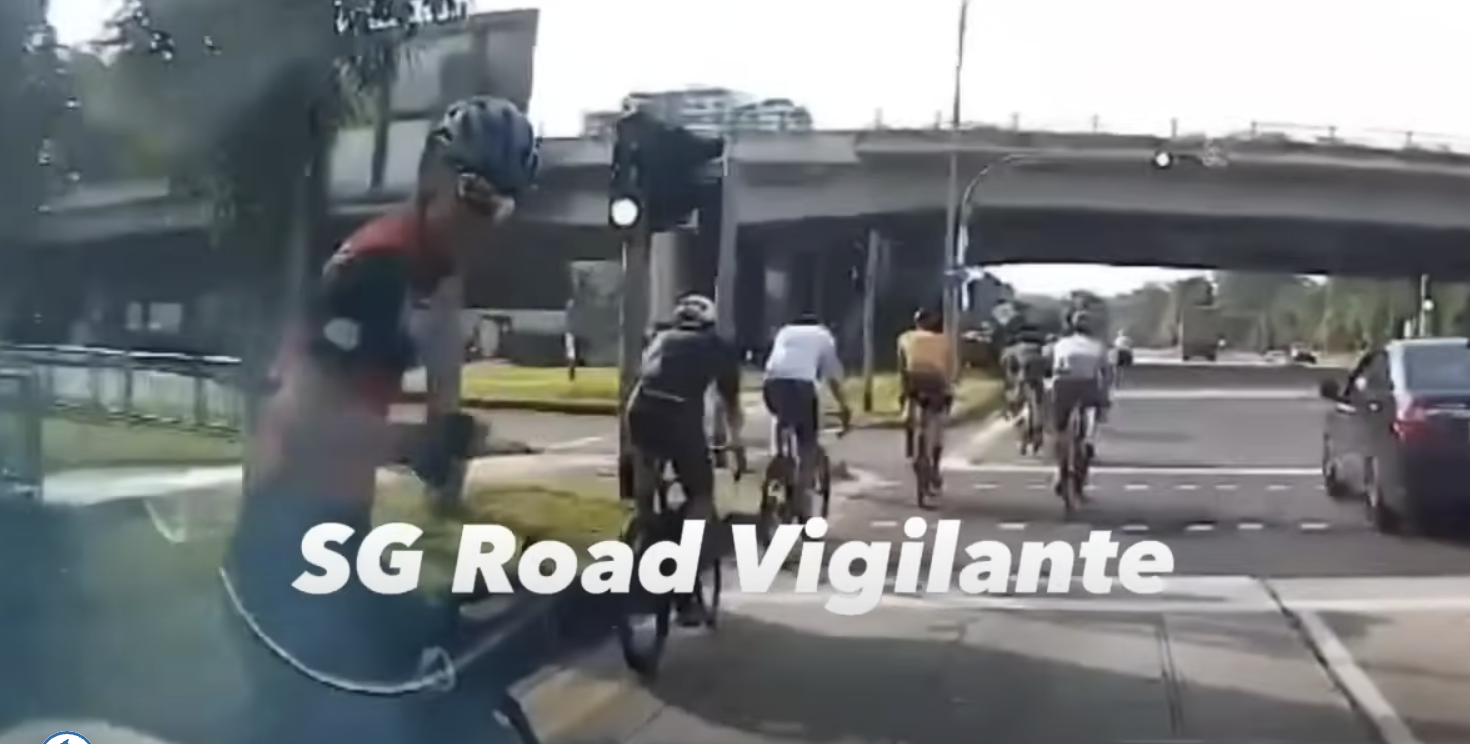SINGAPORE: The public strongly disagrees about a recent altercation pitting a cyclist against a bus driver. Various social media users strongly condemn the cyclist, yet others argue that the bus driver created the issue. The public discussion has highlighted essential issues regarding road-sharing practises while seeking necessary safety measures for every kind of road user.
Bus v cyclist
byu/Either-West-711 insingapore
Cyclist vs. bus driver
After the cyclist got near a bus on the city road, a menacing situation led the cyclist to make a quick manoeuvre, according to video content uploaded to Reddit by a user. A recorded video showed the cyclist approaching dangerously near the bus, which created uncertainties regarding their bicycle safety.
This specific incident drew widespread attention because it demonstrated the clear dangers cyclists face from larger vehicles, although such situations between cyclists and bigger vehicles remain frequent occurrences.
Netizens weigh in: Who’s to blame?
A rapid chain of user comments created a strong argument between numerous people concerning the cyclist’s actions. Users gave these perspectives about the situation:
A user declared their lack of sympathy for the bike rider. “Sympathy for the cyclist? Not here. If the bus driver had scolded the cyclist, I think that would have been the most upvoted clip on this sub… That’s proper karma. Instead, we get this clip.” The cyclist pursued attention by performing hazardous actions on public roads.
Another user expressed disbelief at the cyclist’s audacity, stating, “Firstly, I would never cycle on a road. If I was going to cycle, I would let the bus pass by moving onto the walkway. Not sure where they find the nerve to slow down a bus full of passengers; I just wouldn’t have it in me to do that. Doesn’t help they are dressed like massive tools.” According to those users, the cyclists showed no regard for bigger vehicles, while their appearance made their situation worse.
According to another user, “Cyclists/personal mobility device (PMD) seem to bring out the sense of entitlement as much as BMW drivers. The main character’s (MC’s) syndrome on the road is as dangerous as drunk driving now.” The user expressed the comment humorously, stating that the dangerous driving behaviour drew a comparison observed in cyclists and BMW drivers along with PMD users exhibiting similar dangerous behaviours, which jeopardise other drivers to the extent of comparing actions to drunk drivers.
Another user offered a more humorous take: “Spandex constricts blood flow to the brain.” The user used a joke to criticise cycling gear affecting neural function even while making fun of tight-fitting clothing.
The struggles of road users
The incident points toward a wider issue of road safety threats facing Singapore. More people are taking up cycling as a transportation option, which has resulted in an increase in cyclists navigating shared roads with buses and cars. The roads fail to provide adequate infrastructure for cyclists, leading to unsafe encounters on the pathway.
The sustainable expansion of bicycle infrastructure across Singapore indicates that the Land Transport Authority (LTA) has built and continues to develop more than 600 kilometres of cycling routes nationwide. An ongoing initiative aims to enhance the cycling infrastructure through these current projects. Media sources indicate that the number of cyclists has increased, but many roads do not have sufficient infrastructure to properly separate cyclists from motor vehicles.
Cyclists must constantly navigate tight corners between large traffic, whereas these spaces are not developed to provide them with safe conditions. NParks and LTA continue to work together on integrating cycling infrastructure into Singapore’s urban transport framework, which makes the situation worse. The city will continue to improve its infrastructure, together with increased public education interventions to protect cyclists, as stated by NParks.
Solutions and compromises
Various solutions exist to lessen the conflicts between cycling users and other people on the roads. Implementing more cycling-exclusive lanes could provide cyclists with guarded territory and cutbacks in motor vehicle-related conflicts. The Road Safety Council focuses on running educational campaigns because they believe these programmes should teach cyclists and drivers mutual safety principles while emphasising respect.
The incident highlights ongoing obstacles that cyclists and drivers experience on the road. People take different positions about the case, with some pointing at the cyclist while others blaming the bus driver for not being vigilant enough. The essential learning point remains the necessity of building respectful and understanding connections among all roadway participants.
The priority of road safety in Singapore demands that cyclists and drivers cooperate to build a safe environment that resembles inclusion for all users. Hazards between cycling and driving traffic will continue as numbers grow but with better roadway systems.



